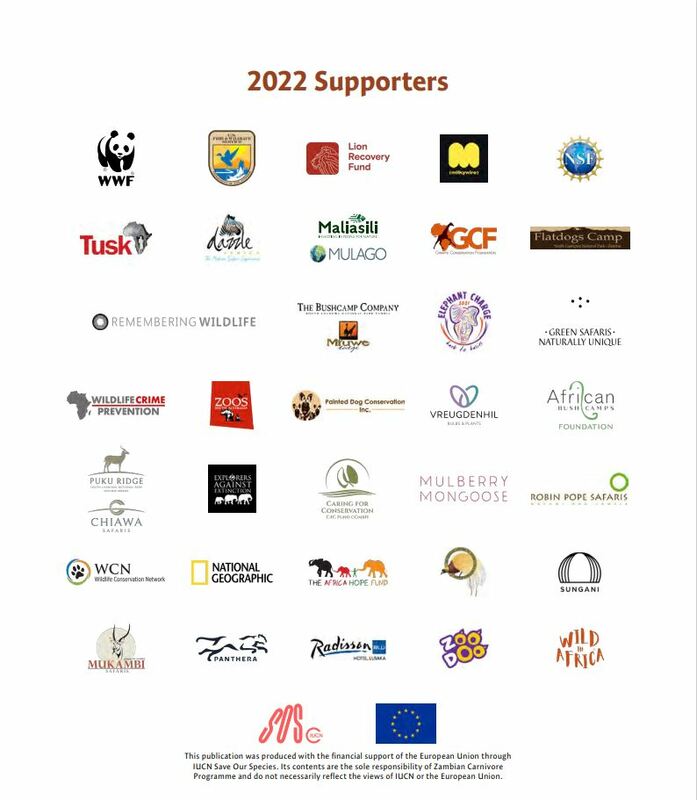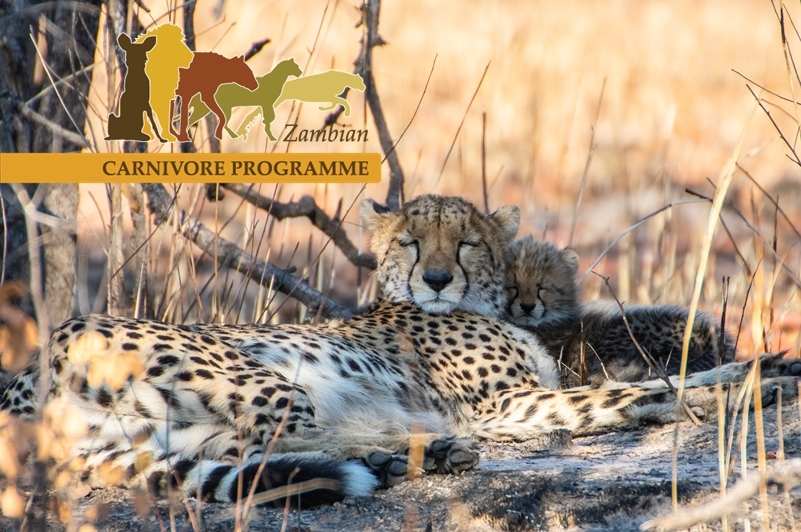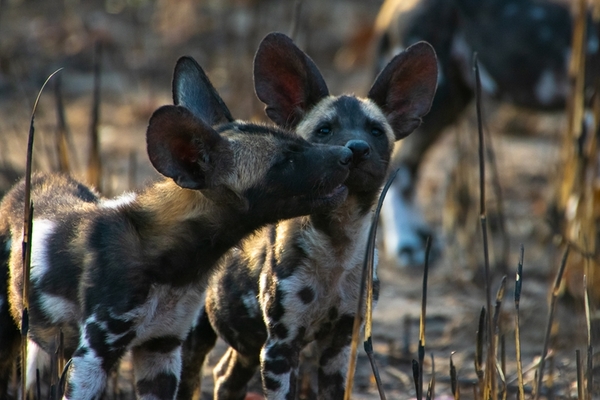
In 2022 we partnered with Zambian Carnivore Programme.
We were particularly keen to lend our support to field-based conservation of cheetah and wild dog across three ecosystems in Zambia - these are some of the longest-running field-based projects in Africa.
ZCP's annual report, recently published, confirms over 5,000 person hours in the field in 2022, intensively monitoring more than 1,000 carnivores.
Here are some of the takeaways in relation to the wild dog and cheetah field work we supported.
African Wild Dog
442 individual dogs in 49 packs and dispersing groups across the Luangwa, Kafue and Liuwa Ecosystems were monitored in 2022.
As well as providing key demographic data on critical populations ZCP also evaluated the impacts of bushmeat poaching, prey depletion and snaring on dogs as well as looking at the relationship with other competitors e.g, lion, in prey-depleted areas.
Among the dogs being monitored was a group of females - they travelled over 2,000 km from the ZCP Luangwa study site, into Mozambique and back into Zambia’s Lower Zambezi National Park - this is the longest-recorded dispersal distance.
Cheetah
Monitoring cheetah can be challenging as they are the lowest density and most wide-ranging of the large carnivores. The team intensively monitored 34 cheetahs in 18 different groups across the Greater Kafue and Greater Liuwa Ecosystems in 2022.
Of all the carnivores monitored by ZCP, cheetah are most susceptible to human impacts. This is because cheetah tend to get pushed to the fringes of (or beyond) protected areas by more dominant carnivores, like lion.
Since 2019, upwards of two thirds of adult and subadult cheetah mortalities in the Central Kafue Ecosystem can be attributed to poaching and road strikes.
Images: ZCP


